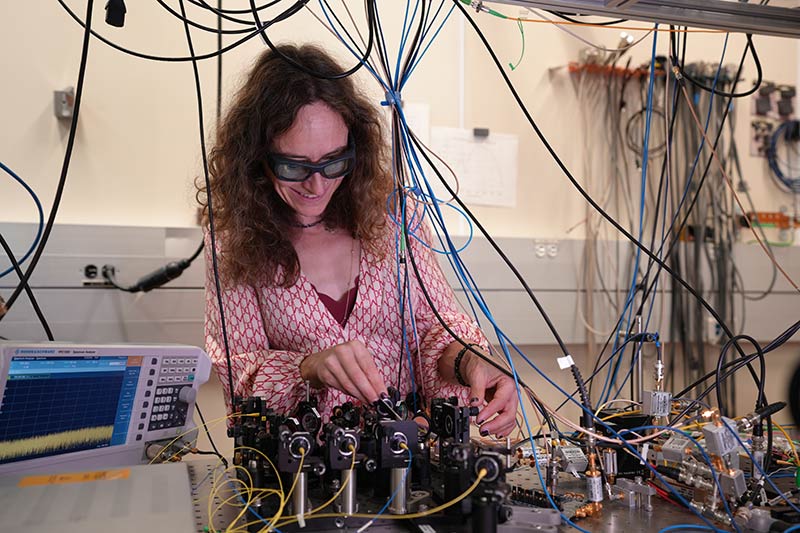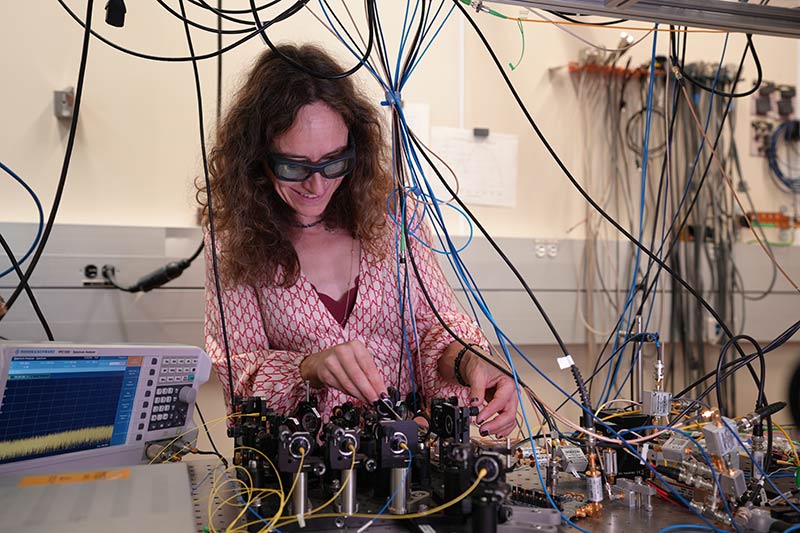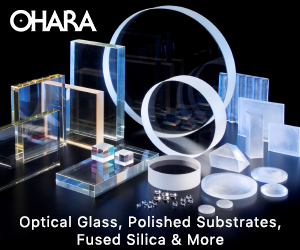The new, free-form DCS method quickly identifies the most information-rich parts of a sample’s fingerprint, making detection and measurement of substances more efficient. In the future, it could be key to locating small leaks or emissions that might contribute to climate change and otherwise go unnoticed.
DCS is a high-resolution form of spectroscopy that allows many colors of light to be examined in detail at the same time. The frequency combs in DCS work together to analyze how a substance interacts with the light from both combs. The two-comb approach enables substances to be measured faster than with a single comb and provides more detailed information than many other spectroscopy methods.
Time-programmable frequency combs enable measurement techniques that are less constrained than traditional dual-comb measurement methods. Instead of fixing the repetition rate offset between combs, free-form DCS provides full control of the temporal offset between the dual-comb pulse trains. This makes it possible to select different sampling patterns to optimize resolution, signal-to-noise ratio (SNR), species selectivity, or acquisition time, allowing for highly flexible, precise control of the frequency combs.

NIST scientist Esther Baumann works in the lab where a team of researchers has developed an improved version of a laser-based measurement technique called dual-comb spectroscopy. Courtesy of NIST/R. Jacobson.
The combs used in free-form DCS emit pulses that are 100 fs in duration. Inside each pulse, an electric field vibrates trillions of times per second. The timing of these laser pulses can be controlled with a high degree of precision, compared to pulses emitted by conventional DCS techniques.
By providing precise control of the laser pulses, free-form DCS can help users adjust and improve how they take measurements, so they can detect and measure substances faster.
The new laser-based spectroscopy method can quickly create images showing how a substance like gas is distributed in space. If the type of gas is unknown, researchers can use compressive sampling, a smart measurement technique, to focus on areas likely to have important information about the substance, while taking fewer measurements elsewhere. With compressive sampling, the process of identifying and measuring a substance is 10 to 100 times more efficient than with traditional methods.
The NIST team demonstrated compressive sensing with free-form DCS and obtained compression factors of up to 155, with an up to 60-fold reduction in acquisition time. During the demonstration, the free-form DCS system maintained spectral point spacing identical to, and SNR comparable to, traditional DCS.
The researchers also demonstrated molecular recurrence sampling for methane detection using free-form DCS. This sampling technique exhibited 22 x higher sensitivity than traditional DCS sampling techniques, but required the researchers to have prior knowledge about the specific characteristics of the substance being analyzed.
Free-form DCS can enable fast, species-selective imaging because its radio frequency signal is narrow band, and therefore compatible with limited camera readout rates. The team demonstrated this capability by creating real-time images of methane plumes across a 128 x 64-pixel focal plane array at a 250 Hz rate.
Future use of free-form DCS to detect and measure methane leaks could help protect the environment and improve air quality. By quickly generating images of methane plumes, scientists could pinpoint the location of a gas leak faster.
Free-form DCS could be used for applications ranging from rapid open-path spectroscopy to nonlinear, multidimensional comb-based spectroscopy. In addition to detecting greenhouse gases like methane, it could be used to identify and measure other types of gases. By enabling smarter detection of gases and other substances, free-form DCS could help protect public health and the environment in the years to come.
The team will continue to work on the free-form DCS system in the laboratory, enhancing its speed and compatibility with a range of laser wavelengths.
“The flexibility of our system means it could be adapted for a wide range of applications,” researcher Esther Baumann said. “In the future, we might see more versatile and efficient sensors based on this technology in everything from air quality monitors to food safety detectors to studying how materials burn or assessing muscle health noninvasively.”
The research was published in Nature Photonics (www.doi.org/10.1038/s41566-024-01530-y).

